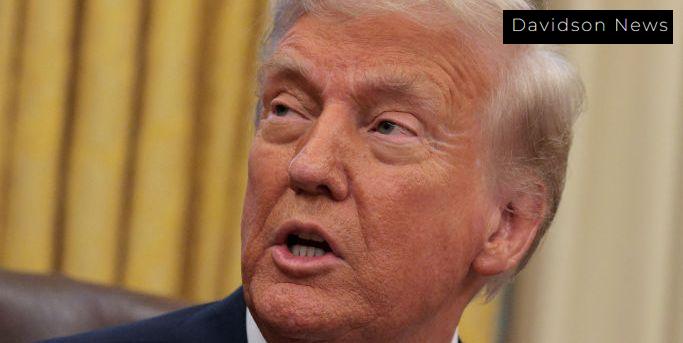Recently, a surprising proposal from the President of the United States sparked a wave of discussions across the country. The President suggested annexing Canada as the 51st state, which has many people questioning how this relates to the 25th Amendment of the U.S. Constitution. This amendment is all about what happens if a president can’t do their job for some reason. With such a bold statement from the President, it has everyone thinking about the impact of this proposal, as well as what might happen next.
What is the 25th Amendment?
The 25th Amendment was ratified in 1967 to make things clearer about what happens if a president cannot do their duties. It was created because the original Constitution didn’t explain this very well. Here are some key points about the amendment:
- It was designed to address presidential vacancies and disabilities.
- If a president dies or resigns, the vice president steps up to be the new president.
- The amendment also explains what to do if a president is unable to perform their duties temporarily.
- Sections 3 and 4 specifically talk about how power can be transferred to the vice president if needed.
The Recent Proposal that Sparked Debate
In the latest news, the President expressed a desire to annex Canada, suggesting it should become the 51st state. This came with support from Secretary of Commerce Howard Lutnick. While some people might find this funny or far-fetched, it’s causing many to consider the 25th Amendment and whether an unusual proposal could lead to a discussion about the president’s ability to fulfill their responsibilities.
The Historical Context
Interestingly, this isn’t the first time the idea of annexing Canada has come up in U.S. history. There were attempts decades ago, including during the War of 1812, when the U.S. tried, but ultimately failed, to conquer parts of Canada. Also, in the 1860s, there were events like the Fenian raids, which were not successful but did stir feelings of nationalism among Canadians.
Concerns About Presidential Power
As this proposal unfolds, critics are raising eyebrows and sounding alarms about the president’s grasp on reality and authority. Some people are even comparing it to a fictional story from the book “Night of Camp David” by author Fletcher Knebel, where a fictional president dreams of vast changes. This has led to many asking if anything should be done about a president making such strange claims.
What Happens Next?
Now that the President has made this suggestion, people are starting to think seriously about how his ability to carry out his duties might be impacted. Should there be a need to reference the 25th Amendment? How would the vice president and cabinet be involved? The amendment states that if the president cannot perform their job due to misunderstanding or irrational thinking, then the vice president and a majority of cabinet members can step in.
Public Reaction and What People Think
Public reaction has been mixed. Many are baffled by the idea itself, while others feel concerned about what it may mean for the future. This proposal has led to a deeper conversation about who decides if a president is incapable of performing their job. It raises the question: how far could presidential authority stretch before someone needs to step in?
Getting Involved and Learning More
It’s always important to stay informed about what’s happening in politics. If you’re curious about the 25th Amendment or what’s being discussed in Congress, there are many resources available where you can learn more. Local libraries, civic education programs, and online platforms can help you understand these important issues—after all, they affect every citizen!
| Key Points About the 25th Amendment |
|---|
| Ratified in 1967 |
| Addresses presidential vacancies |
| Details how power transfers occur |
| Ensures a clear process for all scenarios |
